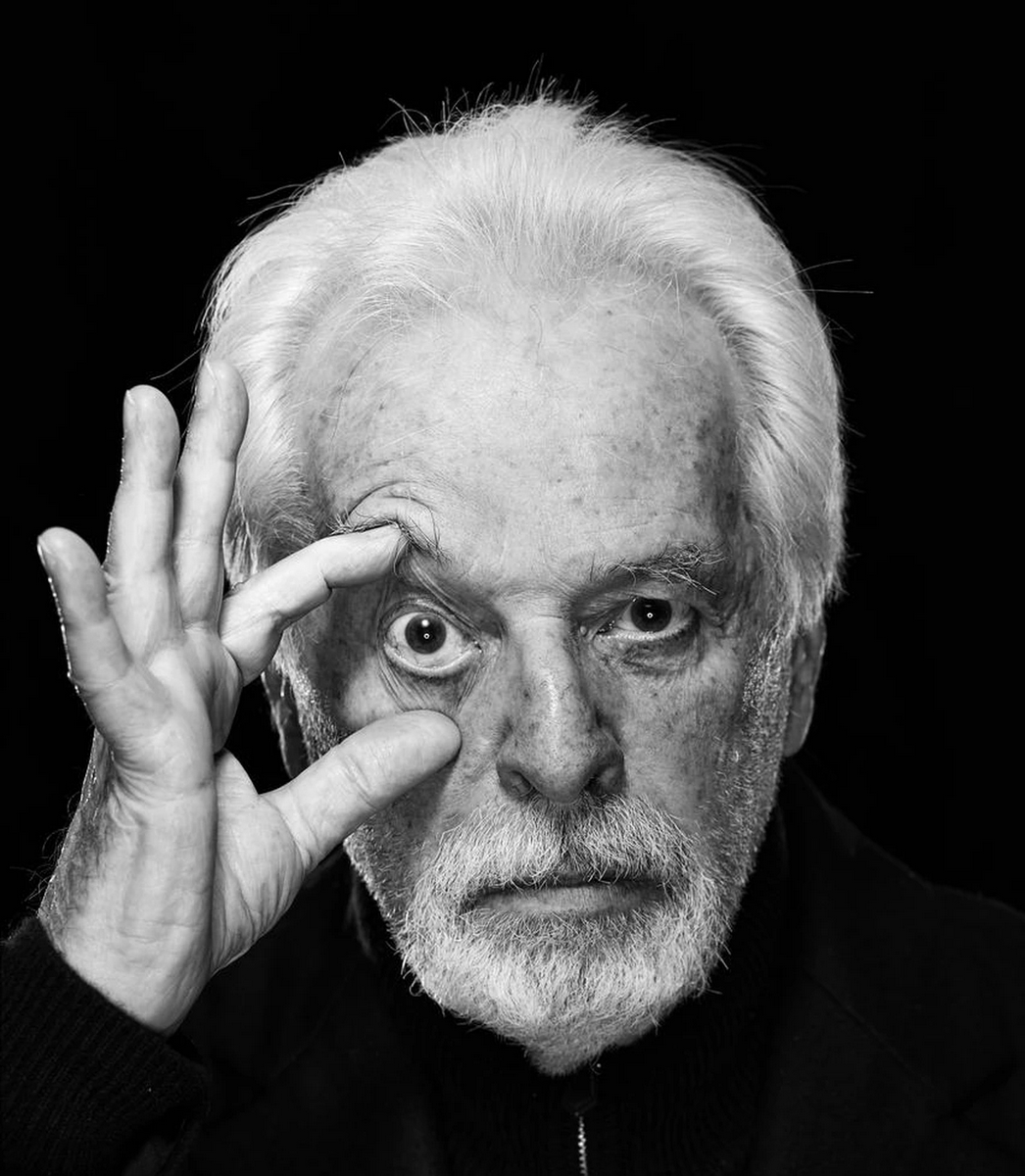Alejandro Jodorowsky: Mystic Showman and Cinematic Exile

For nearly forty years, Alejandro Jodorowsky has existed on the fringe—revered by cult fans, ignored by the mainstream. His films, like Fando y Lis and El Topo, weren’t just movies; they were surreal, subconscious rebellions that often provoked intense reactions. When El Topo turned midnight screenings into spiritual rituals, Jodorowsky briefly brushed fame—before being exiled by a dispute with music mogul Allen Klein. His work was buried under poor VHS transfers and censorship, but his legend only grew underground.
In 2007, El Topo and The Holy Mountain were restored and re-released, not as a comeback, but a reckoning. Still, mainstream critics largely ignored it, while die-hard fans dissected every frame like scripture. Scholars like David Church urged academia to recognize Jodorowsky’s significance, citing his precision and surrealist roots. Yet even the first major academic study, Anarchy and Alchemy, while thorough, missed the wild spark of his work.
Jodorowsky’s films aren’t just stories—they’re cinematic rituals that defy traditional analysis. To truly understand him is to accept that his art operates not just on meaning, but on mysticism.